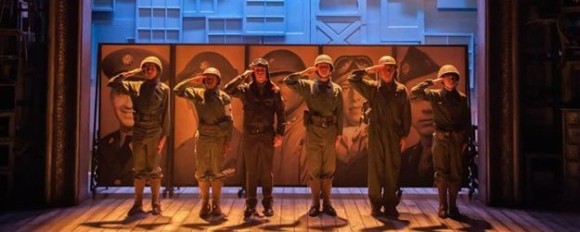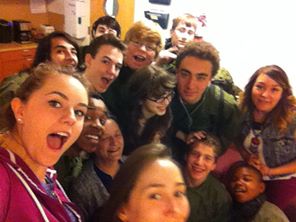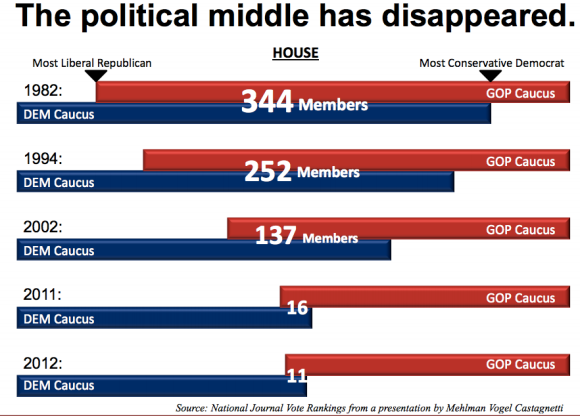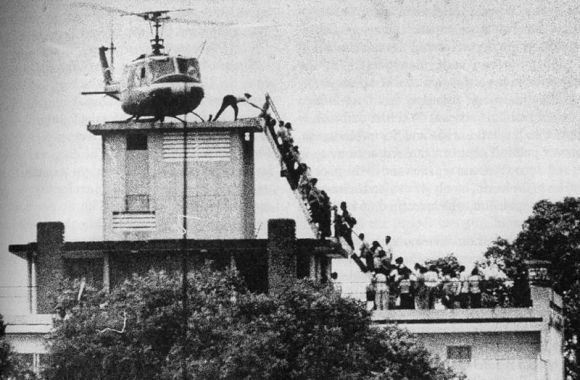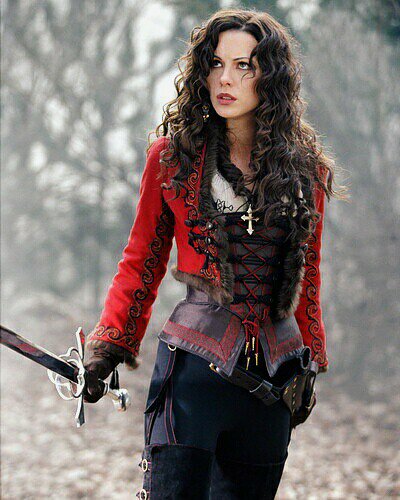And now for something completely different…
The arts have a magical ability to transform intense pain into beauty. The pain is not diminished or ignored. Rather, by expressing painful emotions through an artistic medium – painting, song, dance, writing – the arts can unlock something beautiful even in the most excruciating human experiences. I don’t know if anything else in the world can do that. Tender Napalm by Philip Ridley was a penetrating example of that phenomena.
As the name suggests, the play Tender Napalm is about the contrasting sides of love: the deeper we love, the deeper the hurt. While many plays explore that theme, Tender Napalm sets itself apart in the way it used language to pull me into a labyrinth where feelings were made manifest into fantastical sojourns. Words that I thought I knew were combined in ways that made me feel like I was hearing them for the first time. The monologues of Man and Woman pushed against the walls of what was possible in my imagination and dared me to believe in a world where unicorns lead us to our true love, sea serpents rise from debris, and grenades are an integral part of sex.
Director Matthew Gardiner said of the playwright:
“Philip Ridley seeks to re-invent the language of love. The words we use to express love have become fossilized. ‘If you leave me my heart will break’ no longer sounds violent…Repetition has dulled these common phrases. Philip Ridley seeks to awake our senses, to draw us away from our common and seemingly mundane expressions of love.”
Tender Napalm definitely snapped my senses to attention, but it was not an easy ride. However, if it was anything less than excruciating, the play wouldn’t be doing justice to the incredible loss at the core of this couple’s relationship right now. The spare set design, a platform of clear plastic squares lit from underneath, added to my sense of unease, as did the fact that the play was performed in the round, with the audience on all four sides. You couldn’t leave without entering the action yourself. We were trapped, and we were forced to acknowledge the other people in the room. Furthermore, there was action onstage that made me physically tense. There were words that made me flinch. There were images that I mentally resisted at first (who sits around thinking about hacking your way through the fleshy organs of a sea serpent?) because they initially felt too strange. Sometimes I wanted to look away, but I was completely captivated.

But for those brave enough to face a kind of theatre that they may not have encountered before, Tender Napalm is a powerful piece of theatre, beautifully acted by Elan Zafir and Laura C. Harris. I’m surprised and impressed that this show was part of Signature Theatre’s season. A play about the dreamlike emotional playground of a London East End couple might seem out of place in a musical theatre in Arlington, VA. But which one of us hasn’t known that being in love is violent and turbulent as much as it is beautiful and blissful? How many of us haven’t wanted to just scream our heartbreak to the world and let it all out? Who hasn’t wished, even for a moment, that they could travel to a world of their own making, where they are the Queen or the Hero?
My only disappointment was that I counted only about 10 people who were under the age of 40 in the 100-seat theatre. More people my age – the 20-somethings – should familiarize themselves with this type of theatre. They will be the future patrons and practitioners of the art. I would like to see more plays like Tender Napalm, plays that are challenging and cut through the mediocrity of daily life to force us to feel and reflect. If price deters you (speaking as millennial myself), take advantage of Signature’s $30 rush tickets, an hour before the show.
Love is a battlefield. Dare to embrace the explosion.



